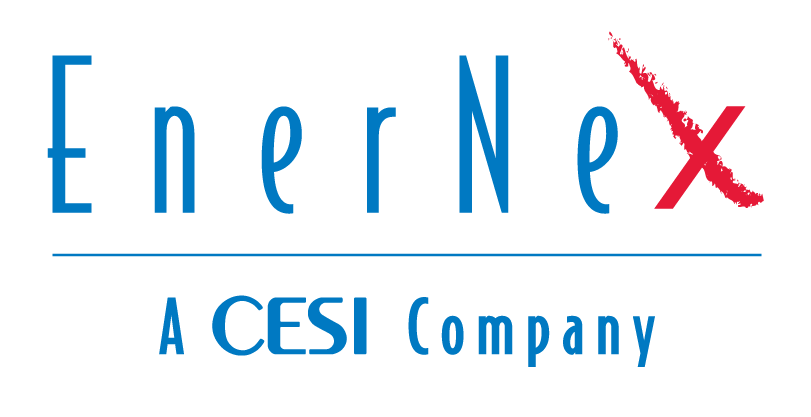EnerNex and the National Institute of Standards and Technology (NIST) were presented with the 2013 Project Management Institute’s (PMI) Distinguished Project Award for the “NIST SGIP Program” at the annual PMI Global Congress award ceremony in New Orleans. Stuart McCafferty, EnerNex’s Vice President of Energy Technology Consulting and the Program Manager for the NIST SGIP Program, and Paul Boynton, NIST’s Contracting Officer Technical Representative and Government Program Manager accepted the award. Program.
Each year, a PMI panel of project management experts reviews submissions from all over the world to select the winners of this prestigious, globally-recognized award. As one of three recipients awarded, the PMI Distinguished Project Award recognizes and honors successful projects, and the achievements of the project team for superior performance of project management.
The NIST SGIP program began in August 2009, when EnerNex was awarded a two-year contract to help NIST sustain the accelerated development of the hundreds of compatible standards that are required to build a secure, interoperable smart electric power grid. EnerNex was also awarded the follow-on contract and provided program management, technical, and administrative support to manage the SGIP operations. The SGIP organization consisted of 22-stakeholder categories encompassing the entire Smart Grid ecosystem. The primary responsibilities of the SGIP were to identify standards gaps, to develop standards requirements, to design a Smart Grid conceptual model and architecture, to create an interoperability testing and certification framework, to develop cyber security requirements and tools, to identify standards implementation best practices, and to review standards for architectural, cyber security, testing and certification, and requirements compliance.
The SGIP organization’s greatest strength was its multi-stakeholder volunteer workforce and leadership that passionately drove Smart Grid interoperability standards and best practices at a pace never seen before. The SGIP was founded on the tenets of transparency, openness, fairness, and consensus. With more than 2,000 volunteers and over 100,000 volunteer man-hours logged, the SGIP worked diligently with existing Standards Setting Organizations (SSOs) to provide interoperability requirements that addressed a variety of Smart Grid interoperability issues around architecture, cyber security, testing and certification, communications, market price and scheduling, utility and end user systems, and electrical hardware. The project team was a mix of EnerNex and NIST “technical champions” and a variety of expert volunteers from industry.
“It was a bit of a surprise when we found out we had won. We knew we had something special, but were unsure that others could get excited about a bunch of people rallying around best practices and standards development. The PMI folks were absolutely wonderful and had high praises for what our program had accomplished. I think most people are just thankful to have been participants in a project that Congress made a national priority and that thousands of dedicated people with good intentions came together to make a true success. It was magic,” said Stuart McCafferty, NIST SGIP Program Manager.
EnerNex managed, coordinated, and staffed the program for over 3 years. The SGIP organization has now transitioned into an industry-led, non-profit 501(c)(3) legal entity with the same goals for Smart Grid interoperability as the original organization. Fore more information on the SGIP, click here. EnerNex now participates as one of the “Founding Member” volunteer organizations, continuing to provide technical contributions around Smart Grid standards, architecture, cyber security, and testing and certification.
EnerNex wishes to thank the Project Management Institute for the recognition and congratulate the entire NIST SGIP organization for its hard work and success. We wish the same luck to the new industry-led SGIP and promise our continued support in pursuit of a smarter, more interoperable grid.


